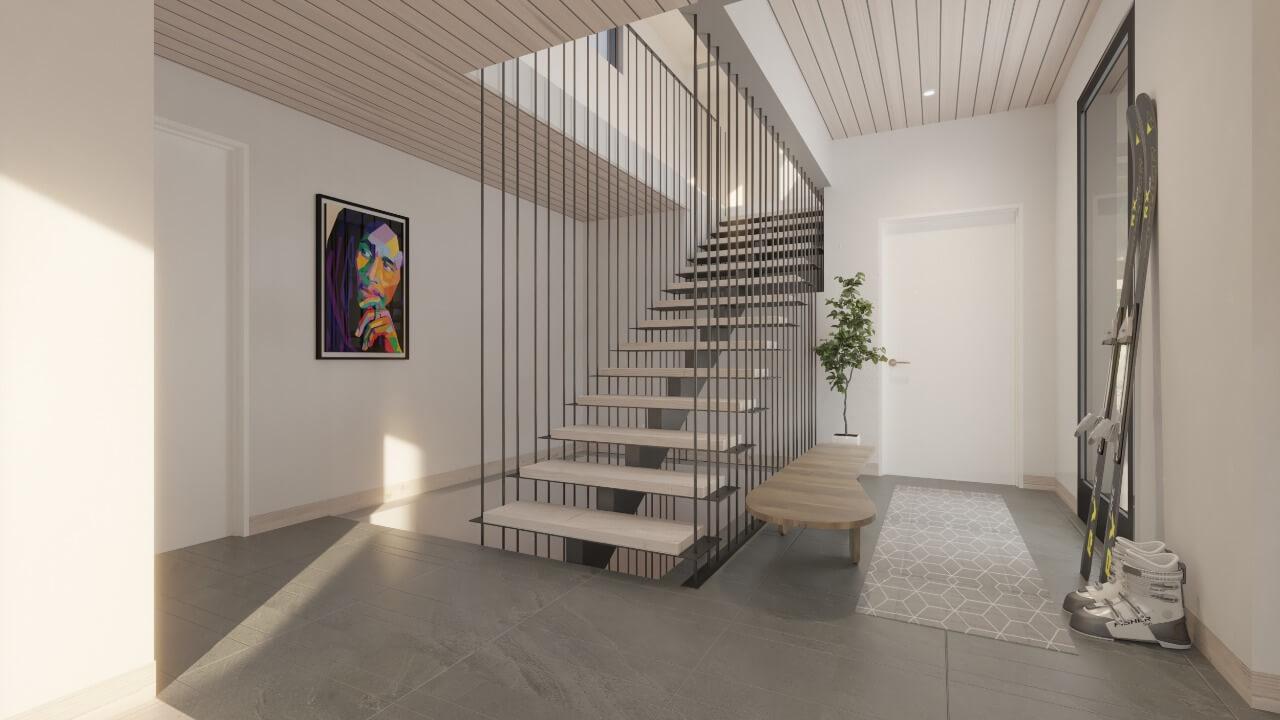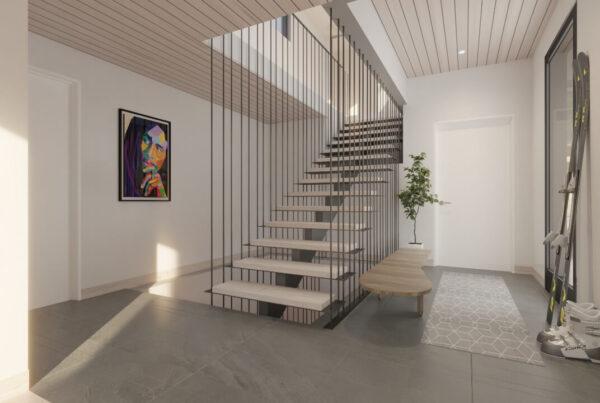Low embodied carbon construction is becoming increasingly important in the effort to reduce greenhouse gas emissions and combat climate change. Life Cycle Analysis (LCA) provides an effective way to evaluate the carbon cost of building a home. LCA looks at all stages of a product’s lifecycle, from raw material extraction, production, distribution, and use, through to the end of life management. By looking at the entire lifecycle, LCA can identify key areas where embodied carbon emissions can be reduced.
For construction projects, this means that materials used in the building process should be carefully selected to minimize embodied carbon. This could include using more recycled and renewable resources and reducing material waste during construction. Moreover, using Life Cycle Analysis to identify areas for embodied carbon reduction can help inform the design process, making it easier and more cost-effective to construct homes with low embodied carbon.
It is also important to consider the long-term impact of a home’s construction on its energy efficiency. Life Cycle Analysis can be used to assess the overall environmental impact of a construction project over time, including energy use and emissions from maintenance and repair. By selecting materials that are durable and have low embodied carbon footprints, it is possible to build homes that are both efficient and environmentally friendly in the long run.
Ultimately, Life Cycle Analysis provides an effective way to evaluate the greenhouse gas emissions associated with building a home, allowing builders to make informed decisions about their construction projects. Life Cycle Analysis provides an effective tool for builders and architects to create homes with a low carbon footprint, ensuring that their construction projects are sustainable in the long run.
Low embodied carbon is not just limited to green building materials; other elements of construction can also be used to reduce energy usage and emissions, such as passive heating and cooling systems, efficient lighting, and smart design choices. By taking all these factors into account, it is possible to build homes that are both comfortable and energy-efficient over time. Life Cycle Analysis provides a comprehensive approach to determine the overall efficiency of a construction project, helping builders ensure that their projects are truly sustainable in the long run.
Construction projects should strive for sustainability by considering Life Cycle Analysis, embodied carbon and energy usage. With careful planning and design approaches, builders can ensure that their projects are sustainable for the long term, reducing environmental impact without compromising quality or comfort. Life Cycle Analysis provides a comprehensive approach to analyzing the energy efficiency of construction projects, helping builders determine which materials and methods are best suited to reduce emissions while still providing comfort and durability. Life Cycle Analysis is an important tool in creating homes with low embodied carbon per Life Cycle Analysis standards. By utilizing Life Cycle Analysis, constructions projects can become more efficient whilst reducing their overall environmental footprint.






you’re in reality a good webmaster. The website loading speed is amazing.
It kind of feels that you’re doing any distinctive trick.
Furthermore, The contents are masterwork. you’ve performed a excellent activity in this
subject!